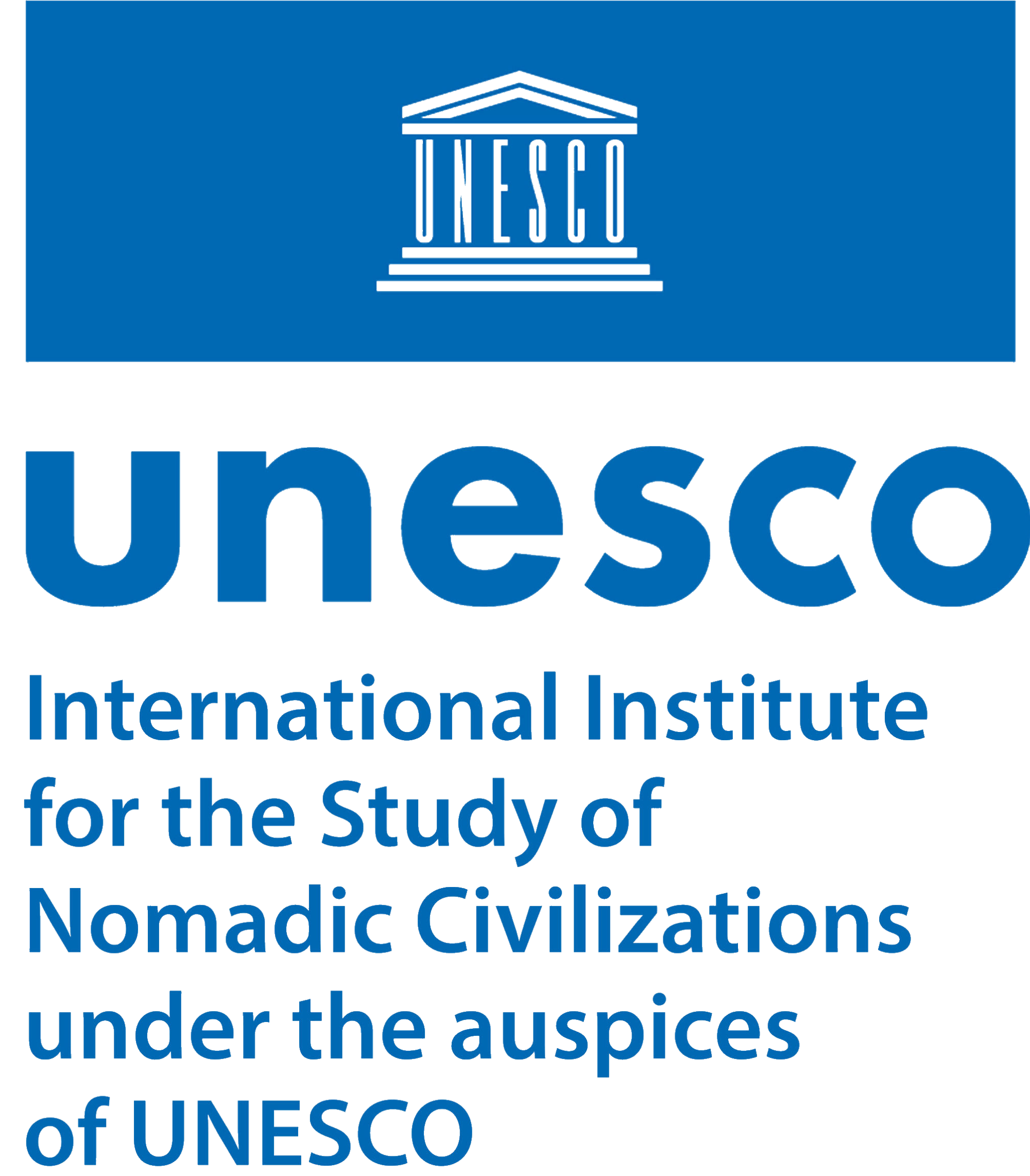Nomadic Cultural Values and Heritages
Overview
This programme studies how values and cultural heritages are shaped and inherited in a reflexive way depending on the interaction of social norms and individual beliefs in rural and urban settings.
The program focuses on the following two issues: first, how nomadic cultural values change at the levels of societies and individuals and consequently affect social norms. It also seeks to examine how established social norms, values, and beliefs guide and shape individual values, customs, and way of life. Because these values are different and evolving in time and space, nomadic cultures are being studied across Central Asian countries and peoples.
Second, the study aims to identify, protect, pass on, and disseminate the heritage created and used by nomadic peoples within the framework of UNESCO’s tangible and intangible cultural heritage policy. Particular attention is paid to increasing the participation of youth and women, handing down the results of research to future generations, and protecting and promoting a wide range of cultural expressions. In this regard, a detailed study of ethnography, archeology, history, literature, art, culture, and linguistics has been conducted in Inner Asia, especially in Mongolia.
For more information on the program’s projects, organized international scientific conferences, exhibitions, and published works, please visit the Digital Library of the Knowledge Hub!
Ongoing projects
- The Mentality and good practices of Mongolians with nomadic culture (2022-)
- Nomadic Food Culture, Eating and Serving customs and behaviors today (2022-)
- Present day Norms and Customs of Interpersonal Communication in the Nomadic culture (2022-)
- Knowledge and Experience of Mongolian Traditional Medicine (2022-)
Past projects
- A Comparative Study of the Mongolian Literature and the Sources of Dandin’s Dictionary of Appropriate Melodies (2018-2021)
- A Study on the Value of the Immovable Heritage of Mongolian Nomads (2019-2020): a nationally funded project.
- The Mongolian-Chinese joint project “Archaeological Exploration and Excavation in Mongolia” (2005-2019): this project conducted excavations in aimags such as Arkhangai, Bulgan, and Uvurkhangai. Numerous tombs, tools, and other new finds have been discovered.
- Archaeological Exploration and Research of Ancient Nomads in the Territory of Mongolia (2018-2019.): in collaboration with the Inner Mongolia Museum /P.R. China/, the IISNC research staff carried out archaeological excavations at the site known as “Three Steppe Walls” in Toglokh Bagh, Ogiinuur soum, Arkhangai, Mongolia.
- The Mongolian-Russian “Urban Exploration and Research” (2010-2018): this project has discovered more than 40 ancient settlements in the aimags of Uvurkhangai, Arkhangai, Bulgan, Selenge, Khentii, and Dornod during nine years of excavation.
- The Mongolian-Japanese “Bichees”/Scripture/ (2009 and 2018): this project conducted exploration research in the aimags of Uvurkhangai, Arkhangai, Khuvsgul, Dund-Gobi, Uvs, Zavkhan, Gobi-Altai, and Bayan-Khongor for one decade. New literary and cultural finds of the Mongols were discovered.
- International Research Project on the Heritage and Skills of Mongolian Folk Long-songs(2008-2010): the joint project studied and collected long song in China, Mongolia and Russia. As a result, the team published the following books: “Western Khalkha long song heritage”, “Orad Mongolian long song heritage” and “Upper Mongolian long song heritage of China”, which include the long songs of Oirat, Khalkha, Inner Mongolian, and Upper Mongolian, Buryat, Tuvan, Dariganga, Uzemchin, and Darkhad ethnic groups.
- Investigation of the Scriptural Heritage of the Ancient Nomads (2009-2014): this project conducted excavations in the ancient city ruins of Khar Bukh in 2010 and 2011, discovering inscribed stone steles and more than 100 pieces and parts of birch bark books. These were sent for conservation treatment in Japan in 2012 and returned for study and interpretation.
- Trader and Free Economic Zone during the Russian Empire: historical and modern perspectives (2012-2014): in collaboration with the Institute of Mongolian, Buddhist and Tibetan Studies and the Siberian branch of the Russian Academy of Sciences (RAS), the IISNC research staff went to Ulan-Ude to work at the State Library Archives and conducted research among herders from Altanbulag arriving at a range of conclusions and recommendations relating to the operations of free economic zones.
- International Symposium on “Nomads and Use of Pastured today” (1999): 79 presentations on the topics of nomadic lifestyle and heritage, pasture land use, the impact of climate change on livestock productivity, and sustainable development of pasture were discussed during the symposium, held in Ulaanbaatar from December 13 – 15th, 1999.
